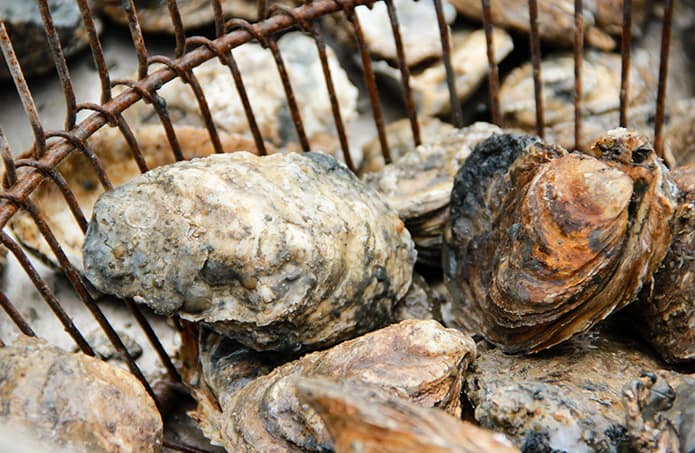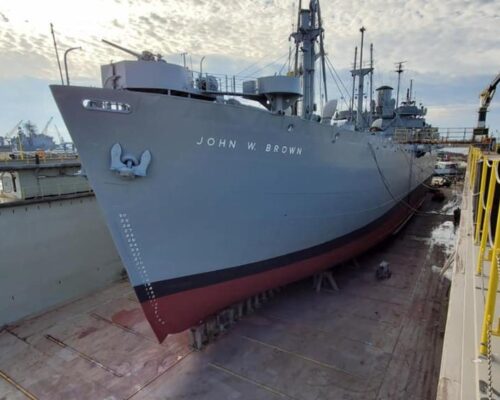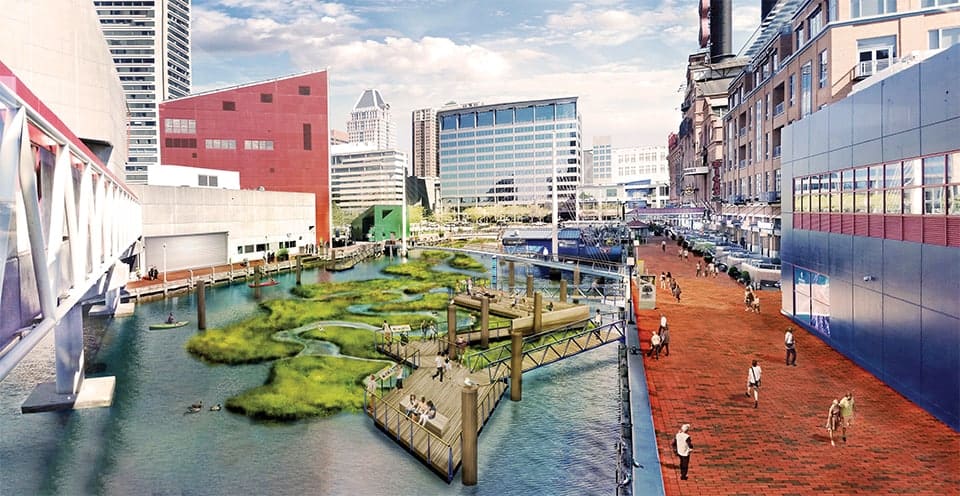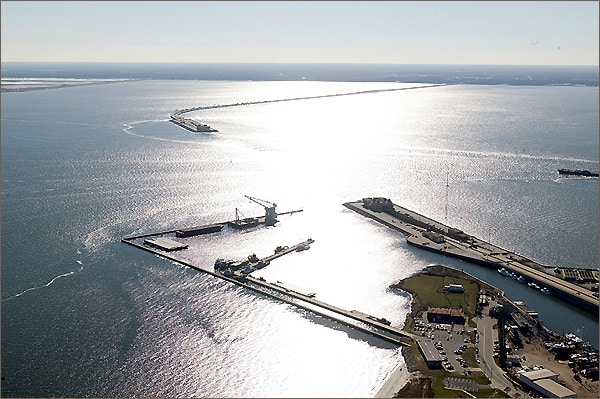By Timothy B. Wheeler, Bay Journal News Service
Acting to curtail overfishing, Maryland natural resources officials proposed new oyster harvest restrictions Monday night that they said could reduce commercial landings by about 30% in the upcoming season.
The proposed cutbacks, which include shortening the wild harvest season, reducing the maximum daily catch and closing some reefs in the Upper Chesapeake Bay, are aimed at making the declining oyster fishery sustainable in eight to 10 years, according to officials with the Department of Natural Resources.
“We need to start trending in the right direction,’’ DNR Secretary Jeannie Haddaway-Riccio said.
But the plan, unveiled in Annapolis at an unusual joint meeting of the DNR’s fisheries advisory panels, provoked pushback from watermen, seafood dealers and their supporters. They warned that the proposed restrictions would be calamitous for their livelihoods and the state’s seafood industry.
“What are you after? You just want to wipe us out?” asked Gregory Price, a longtime waterman from Chance on the lower Eastern Shore. He called the DNR plan “a disgrace.”
The proposed commercial fishery changes would:
- Trim 10 working days from the start as well as the end of the season, which traditionally begins Oct. 1 and closes March 31.
- Shorten the workday by ending harvesting at 3 p.m., instead of sundown.
- Decrease daily harvest limits by 20– 33%, depending on the type of gear used.
- Bar harvest in several areas north of the Bay Bridge, where DNR officials say oysters have been severely affected by heavy rainfall.
The DNR also proposed a 50% percent cut in the recreational harvesting of oysters, reducing it from six to three days a week and limiting the take to a half-bushel daily. It’s unclear how significant that activity is; the DNR doesn’t require a license to harvest for personal consumption and has no records of how many people do it or how many bushels they take.
Virginia already has tightened its commercial oyster harvest restrictions in response to the record rainfall across the Bay watershed. The rains, which began falling in spring 2018 and didn’t let up until earlier this year, reduced the salinity of the Chesapeake enough to kill some oysters and stunt the growth and reproduction of the rest.
Under rules approved last month in Virginia, only hand or patent tongs can be used for harvest at the start of the season on Oct. 1. Watermen using dredging equipment will have to wait until November to allow smaller oysters more time to grow to the market size of at least 3 inches.
Maryland’s proposed reductions come mainly in response to more fundamental problems with its fishery, once a leading producer of oysters nationwide. A first-ever scientific assessment of the state’s oyster stock found last year that the number of market-size bivalves had declined by half since 1999 and that more than half of the areas open to harvest were being overfished.
Last season, the state’s watermen harvested just 137,000 bushels of oysters, about one-third of what they landed five years earlier.
Environmentalists and their supporters in the General Assembly have been pressing the DNR to end overharvesting, pointing out that oysters help filter the Bay’s water and that their reefs provide habitat for fish and other marine life.
Environmental advocates and scientists at the Monday meeting questioned the scientific basis for some of the harvest restrictions the DNR had proposed. They noted, for instance, that the areas to be closed for harvest north of the Bay Bridge were not generally where the stock assessment had found overfishing taking place.
Haddaway-Riccio said that, in crafting the harvest restrictions, her staff tried to avoid doing “irreparable harm” to the market for the state’s oysters. They also hoped to prevent any unintended consequences, she said, such as putting extra pressure on other fisheries.
But watermen and seafood dealers complained the proposed cutbacks would have severe impacts, particularly by delaying the start of the season. They said the 52nd annual St. Mary’s County Oyster Festival, which runs Oct. 19-20, likely would be affected, as would the many church and community groups that hold oyster feasts in early fall.
They also warned that the delayed season start would limit the industry’s ability to get enough oysters to market before Thanksgiving, when consumer demand peaks.
“They’re going to look for oysters elsewhere…and we’re going to lose our market,” said John Dean, a St. Mary’s County waterman.
Jack Brooks, co-owner of a Cambridge seafood business and president of the Chesapeake Bay Seafood Industries Association, warned that delaying the season could mean more watermen will continue harvesting crabs in the fall, putting additional pressure on the state’s most lucrative fishery.
“A year from now, we’ll be back here talking about crabs,” Brooks said, “because we overharvested crabs.
Leaders of the Maryland Watermen’s Association and Delmarva Fisheries Association said they had told DNR officials that they were willing to accept some restrictions and a 10% reduction in harvest and income, but not a cutback as severe as had been proposed.
As the meeting drew to a close Monday, Haddaway-Riccio acknowledged that it had been a “difficult discussion” that left watermen feeling frustrated and angry. She said she and her staff would consider tweaking the restrictions to address concerns voiced by watermen and seafood dealers, but she said any relaxation likely would have to be offset by further tightening in other ways.
The DNR intends to finalize its harvest limits by Sept. 16, which would normally be two weeks before the traditional Oct. 1 start of the oyster season.




